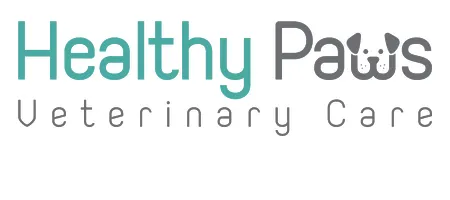Veterinary Laser Therapy Eases A Pet’s Pain
- Created in Newsletter Library, Visiting the Vet
Laser therapy is a cutting-edge technique in veterinary medicine for managing many conditions, including chronic pain in pets. Class IV (cold) laser therapy is especially effective for treating pets that struggle with osteoarthritis pain whether or not they have orthopedic surgery.
Cold laser therapy is a noninvasive procedure that uses light to stimulate blood flow and increase circulation. It is not a surgical laser which cuts tissue, but a laser with different wavelengths to help heal tissues. The laser may even be used as a part of acupuncture in place of the needles.
Your veterinarian will first assess a pet’s pain management needs to determine whether he or she is a good candidate for laser therapy. It is not recommended for pets with cancer to have laser therapy as it could worsen or spread the malignancy. The doctor will create a custom treatment plan. Dogs and cats generally receive the greatest pain relief benefits from a series of eight to ten sessions, usually starting two to three times weekly, tapering down to weekly appointments.
Treatment sessions are tailored to each pet’s individual needs. Smaller dogs may only need eight to 10 minute sessions. A larger dog that suffers from arthritis in multiple joints may benefit from a longer, 30-minute session. During a treatment session, the pet reclines on a table or may even lie on a blanket on the floor. Some veterinarians will even dim the lights and play soothing music, creating a mini “spa” experience for the pet. Your veterinarian may allow you to be present for these sessions, but you will need to wear special goggles to protect your eyes.
Pets that undergo orthopedic surgery may need up to six months of recovery time. Physical therapy helps the pet to recover and become active again. Laser therapy is a common adjunctive treatment that allows faster healing of the surgical incision, and also helps to relieve the arthritic pain.
Many arthritic pets respond positively to laser therapy. In fact, some pets even fall asleep during treatment sessions as it is the first time they are finally able to relax and not be in pain.
In addition to helping manage arthritis pain, veterinary laser therapy has numerous other applications. Treatment with a Class IV laser may help heal wounds, treat skin disorders such as lick granuloma, and help surgical skin incisions heal faster.
Sources:
